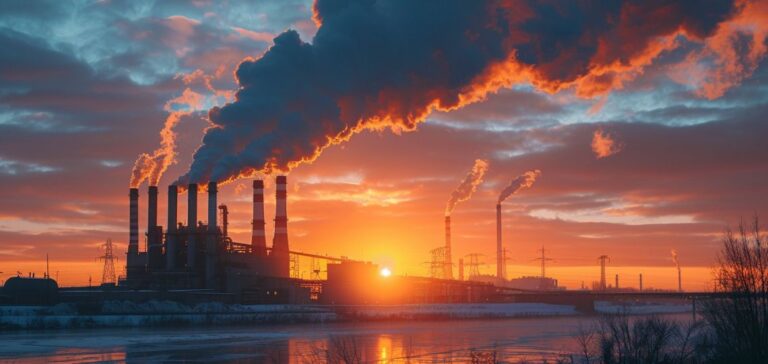Carbon allowance prices in Europe recorded a notable increase during the week ending March 21, fuelled by geopolitical factors, natural gas volatility and technical movements. Discussions on a potential linkage between the United Kingdom and European Union Emissions Trading Systems (ETS) further supported bullish sentiment in both markets.
On March 21 at 11:34 GMT, European Union Allowances (EUA) were trading at EUR73.04 per metric tonne of CO2 equivalent, up around 3% week on week, according to data from Intercontinental Exchange. The day before, the December 2025 contract was assessed at EUR72.99 by Platts, a division of S&P Global Commodity Insights. A Europe-based trader told Platts that the trend remained bullish, attributing the increase partly to ongoing pressure in the natural gas market.
Geopolitical impact and gas volatility
Markets reacted to Russian President Vladimir Putin’s decision to suspend attacks on Ukrainian energy infrastructure for 30 days starting March 18, following a phone call with US President Donald Trump. On March 21, an explosion at the Sudzha metering station, located at the Russia-Ukraine border, renewed tensions and pushed up gas prices. Technical analysts identified support levels between EUR72.75 and EUR73.42 per tonne, encouraging increased algorithmic trading activity in the EUA market.
While EUA prices continued to follow natural gas movements, their correlation with Dutch Title Transfer Facility (TTF) gas prices weakened over the week. On March 21, the December 2025 EUA contract rose 0.04%, while the front-month TTF gained 1.9%. According to Ingvild Sorhus, Manager of EU Carbon Analysis at Veyt, this decoupling suggests a gradual return to fundamentals more specific to the carbon market.
Unified market outlook lifts UKAs
UK Allowances (UKA) jumped 7% during the week, reaching GBP47.35 per metric tonne at 11:03 GMT on March 21. The increase followed a statement from the UK government on March 20 indicating it was “actively considering the case of linking ETSs” ahead of the upcoming UK-EU summit on May 19.
However, a European trader cautioned that aligning the two systems would require technical harmonisation, notably around the market stability reserve. Despite differences in free allocation and supply adjustment mechanisms, Sorhus said the systems are structurally aligned enough to make integration feasible.
Fund positioning and expected developments
Investment funds reduced their net long position in EUAs for a fifth consecutive week, according to a Commitment of Traders report published by Intercontinental Exchange on March 19. As of March 14, funds held 31.1mn net EUA positions, down 5.3mn from the previous week, mainly due to a 5.8mn rise in gross short positions. Long positions remained relatively stable at 81.8mn units.
In the UK market, funds maintained a stable net long position at 12.9mn allowances, up 0.7% week on week. Analysts at Commodity Insights foresee a pullback in UKA prices in the second half of March, citing the imminent release of preliminary 2024 UK carbon emissions data, which may influence trading strategies for 2025.






















